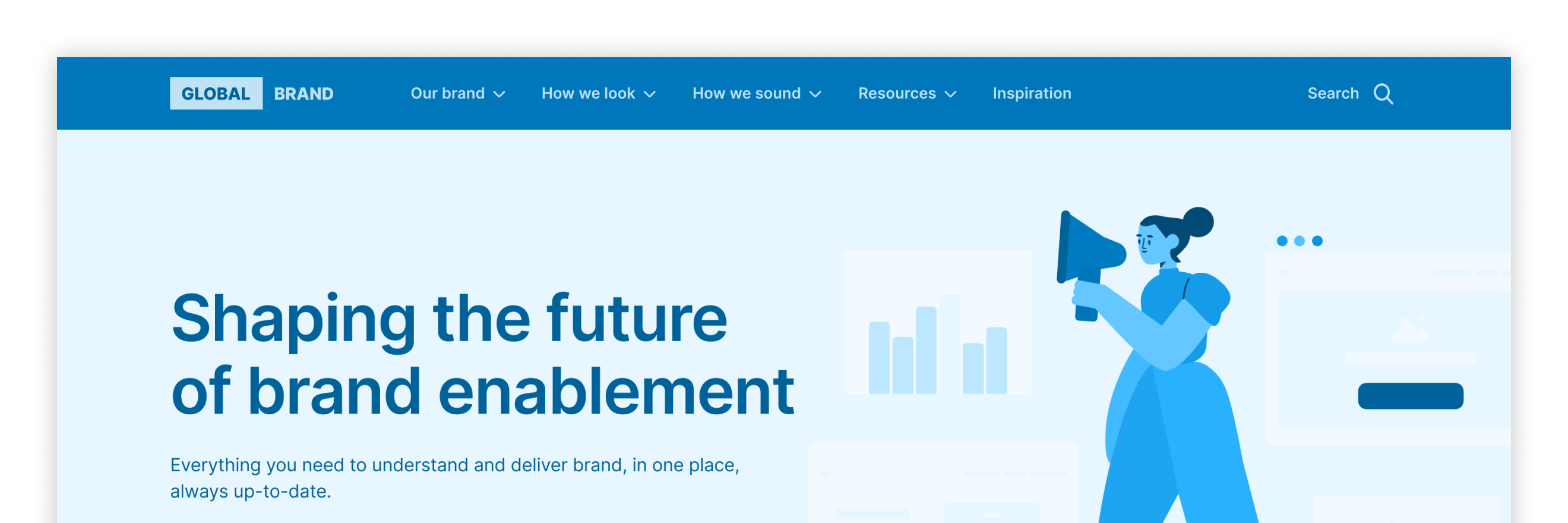Beam, the heartbeat of your brand
Beam is the only brand center designed to honor the uniqueness of brand, connecting your people through an accessible, engaging, and integrated digital brand experience that is indistinguishable from the brand itself.

Solutions
Bring Your Brand Guidelines to Life
Beam’s easy-to-access brand center delivers the voice of your brand - always current, always on-brand. Interactive web-based guidelines connect verbal and visual identities directly to brand assets, so users can learn about the brand and bring it to life.
Deliver Your Brand to Anyone, Anytime
Beam is not your typical digital asset management (DAM) software, but it does everything you’d expect from one. We’ve made it easy for you to upload, organize and manage your brand assets and simple for your stakeholders to find and utilize those assets.
Enable Your Brand Ambassadors
What kind of brand concierge would you be if you didn’t also provide people with the hottest recommendations? Beam creates a space to submit the best uses of your brand from across the organization. The Showcase page allows you to feature and ignite conversations around those real life examples of your brand in the wild.
Level Up with Data and Analytics
For brand teams, engagement analytics provide meaningful insights that were once brand blind spots. Our community of brand enablers regularly use Beam data to identify usage trends and potential opportunities for brand education or awareness campaigns.
Hear From Our Customers
As a tech company we chose Beam as the center piece of a connected best of breed ecosystem.
Karen S., Director, Brand Strategy, Salesforce
Beam is a very flexible, interactive and intuitive platform. We can actually do anything with it to inform users about our brand and make it easy for them to apply the brand themselves.
Five-star G2 Review
We have many vendors but the relationship we’ve built with Beam over 12 years as a tech and thought partner makes them an extension of our team.
Kelly G. Director, Global Brand Identity, Deloitte
Join Other Companies That Are Growing Their Brands With Beam
Featured Content
Our community is strengthened by shared knowledge. Explore the Beam experience through case studies with our customers, articles, downloadable assets, webinars, and more.
Webinar
Webinar: Your Brand in 2024, Are You Ready?
Join the discussion on how branding has evolved and...
Case Study
Salesforce
With the right ecosystem, people, and processes in place,...
Articles
Unlocking Value Through Brand Ecosystems Part I: The New Standard
What it takes to manage brands at scale.
Downloads
Brand Management Scorecard
Evaluate and prioritize which activities can be improved to best deliver against your goals.
Contact Us
Let's Connect
Have questions or want to learn more about how Beam can help your business? Get in touch with us today. We're here to help you navigate the digital landscape with ease.